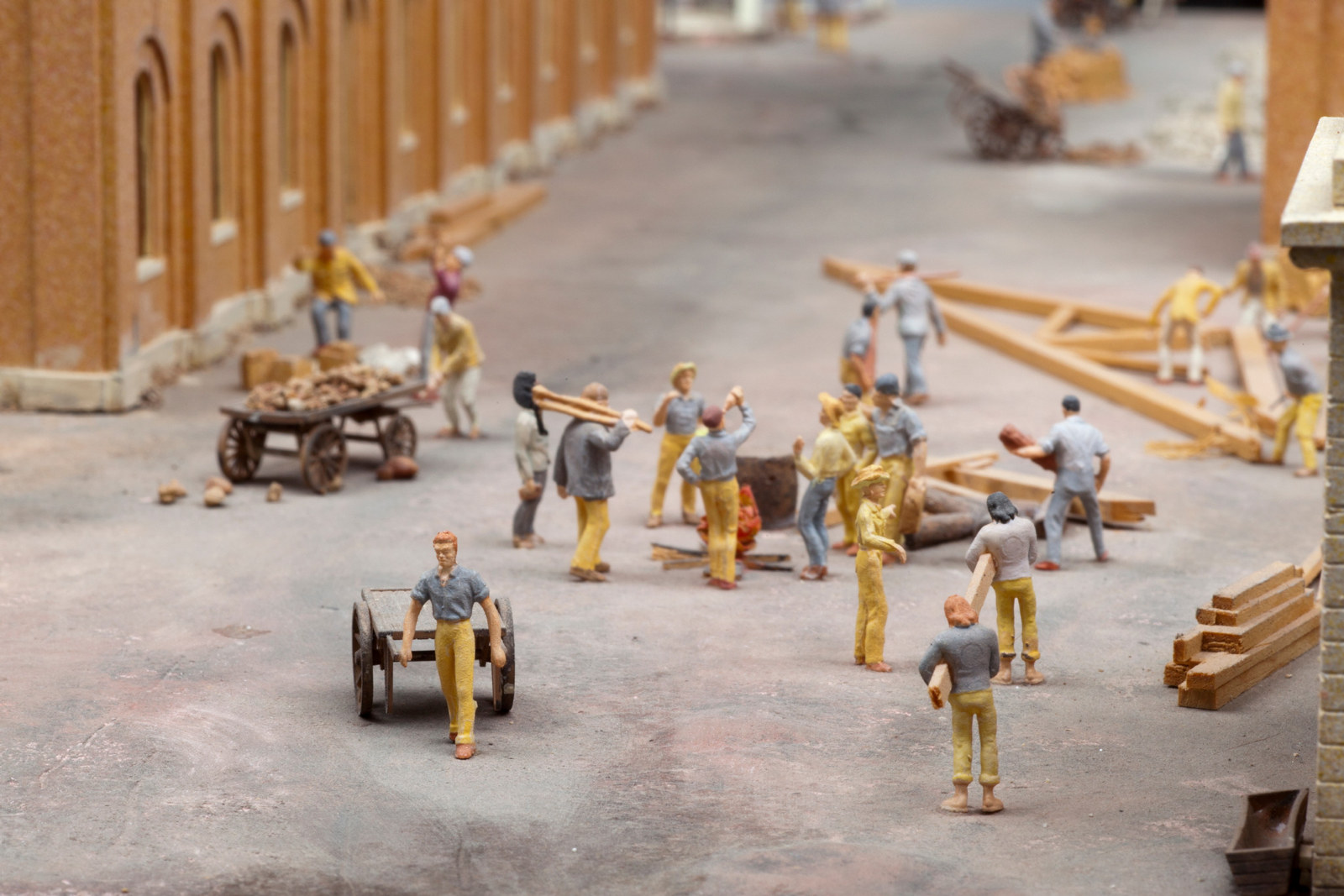Free pardon
1846
Drawn up at Government House, Sydney, on 30 December 1846, and signed and sealed by Governor Charles Fitzroy, this document granted a free pardon to convict Joseph Taylor. A 15-year-old London tailor, Joseph was transported in 1829 for seven years for stealing a handkerchief. In Sydney he continued to offend and by early 1838 he was held at the Hyde Park Barracks; he escaped on 23 March but was apprehended in May. Having served his transportation sentence by 1840, Taylor received a Certificate of Freedom, but couldn’t stay out of trouble. In July 1846 he was convicted of stealing in a dwelling house, tried in the Supreme Court in Sydney and sentenced to be banished to Van Diemen’s Land (Tasmania) for seven years. But in December authorities decided that Taylor was innocent of this particular crime, ‘notwithstanding the acknowledged bad character of the prisoner himself’, and he was granted this pardon.
The document is significant for its association with the highest ranking official in the colony, Charles Fitzroy, who had begun his term as governor of NSW a few months earlier, in August 1846. As a document presented to a transported convict for a secondary or colonial crime, this free pardon is relatively rare among the convict-era documents that survive today. It also reflects the administrative legacy left for the ongoing management of criminals in the colony after transportation to NSW was abolished in 1840. Creases in the paper indicate that it has been folded for storage, and possibly even carried by Taylor himself, since emancipated convicts were required to carry proof of their free status.
This acquisition was made possible by the generosity of The Copland Foundation.
More artefacts
Browse all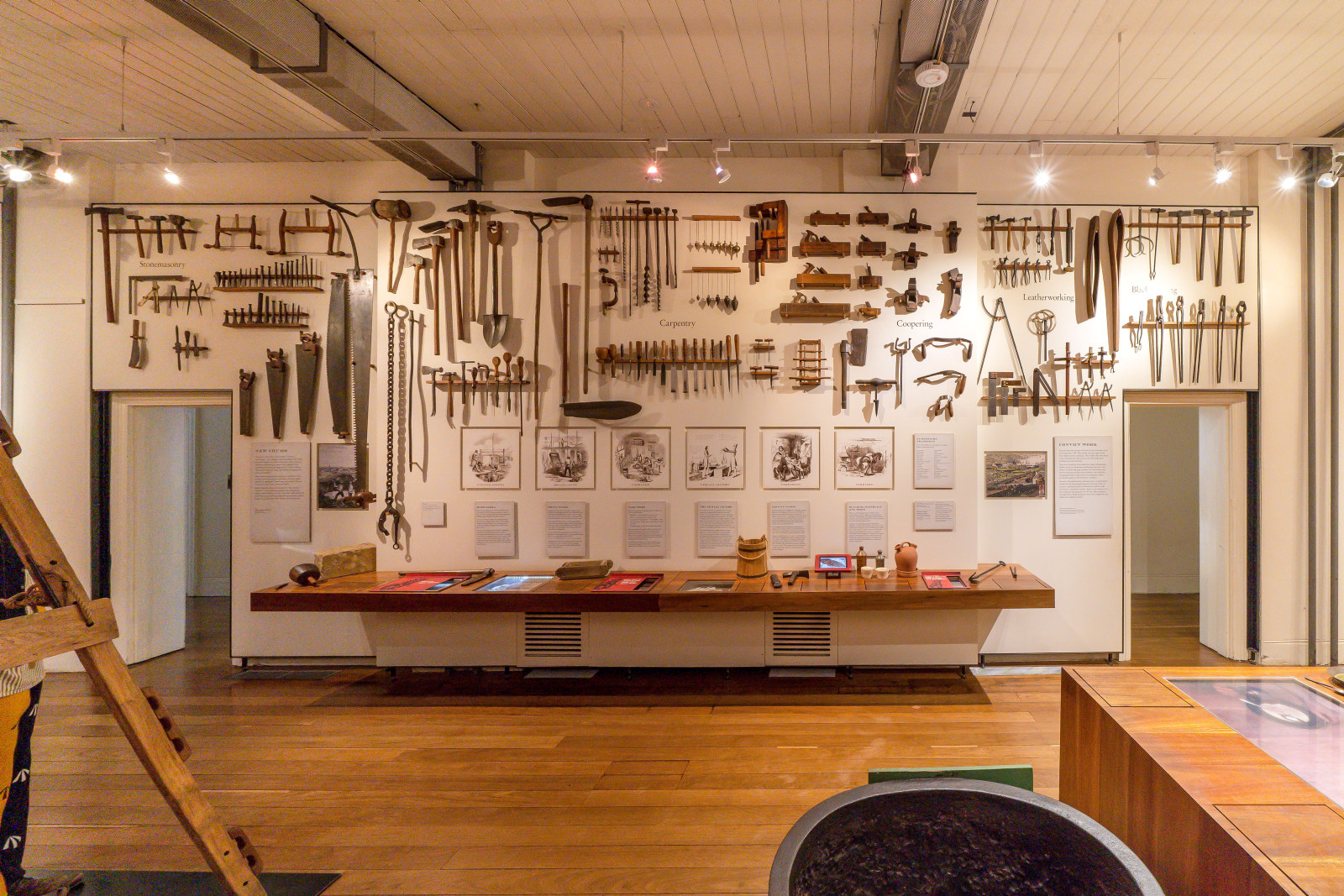
Convict Sydney
Objects
These convict-era objects and archaeological artefacts found at the Hyde Park Barracks and The Mint (Rum Hospital) are among the rarest and most personal artefacts to have survived from Australia’s early convict period
Related
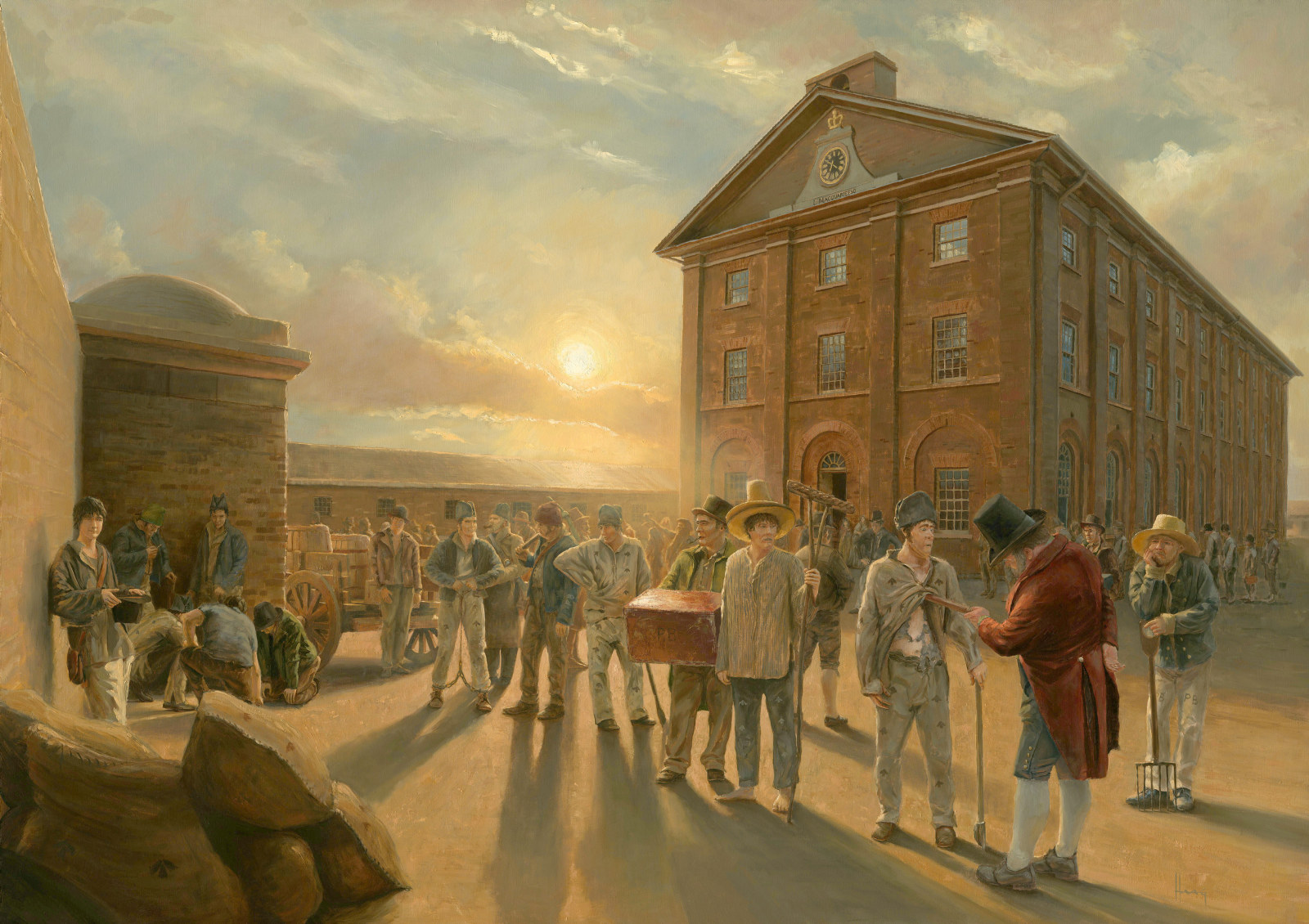
Convict Sydney
Convict Sydney
From a struggling convict encampment to a thriving Pacific seaport, a city takes shape
Published on
Convict Sydney
Browse all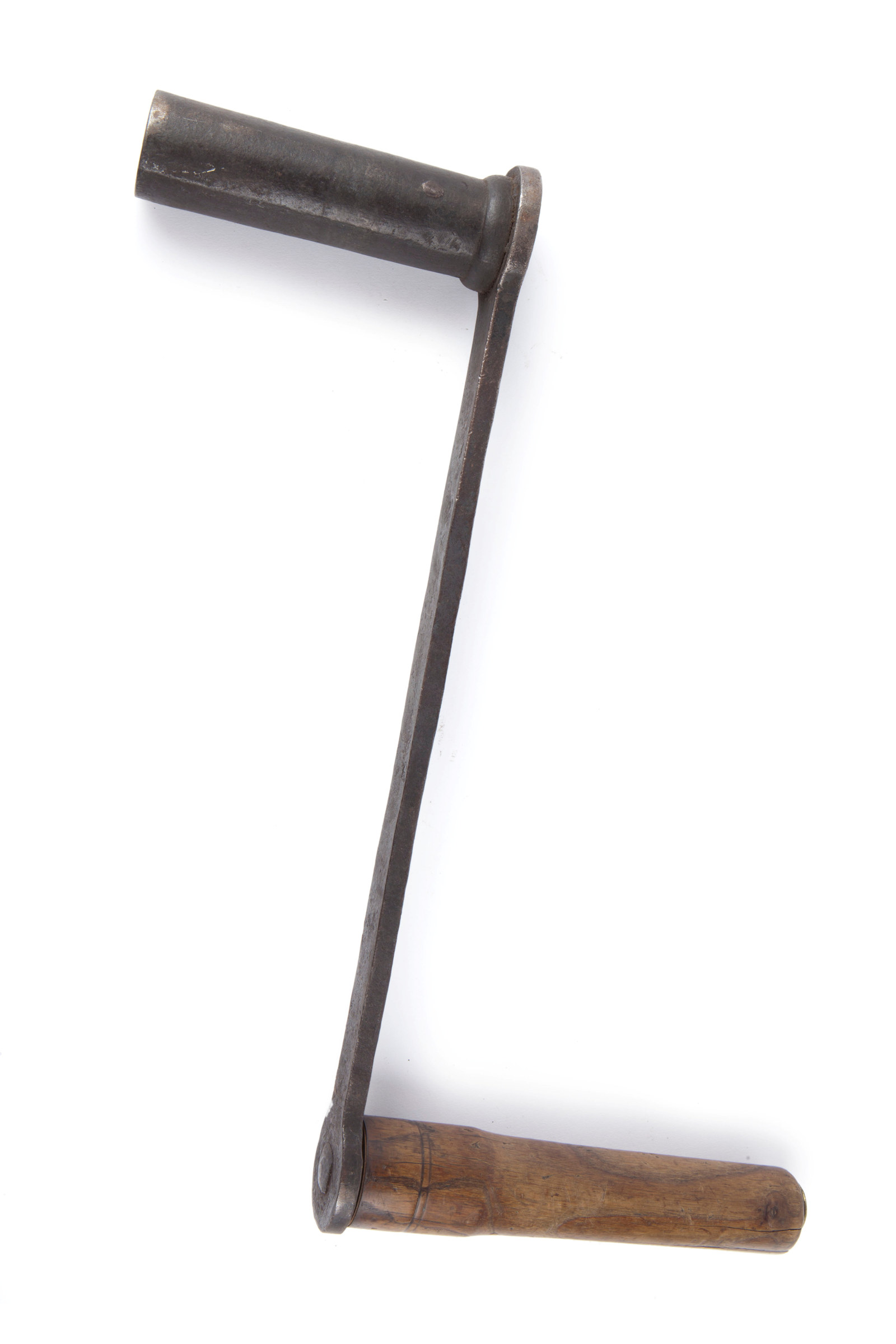
Convict Sydney
Clock-winding crank
This sturdy crank was used for many years to wind the Hyde Park Barracks clock
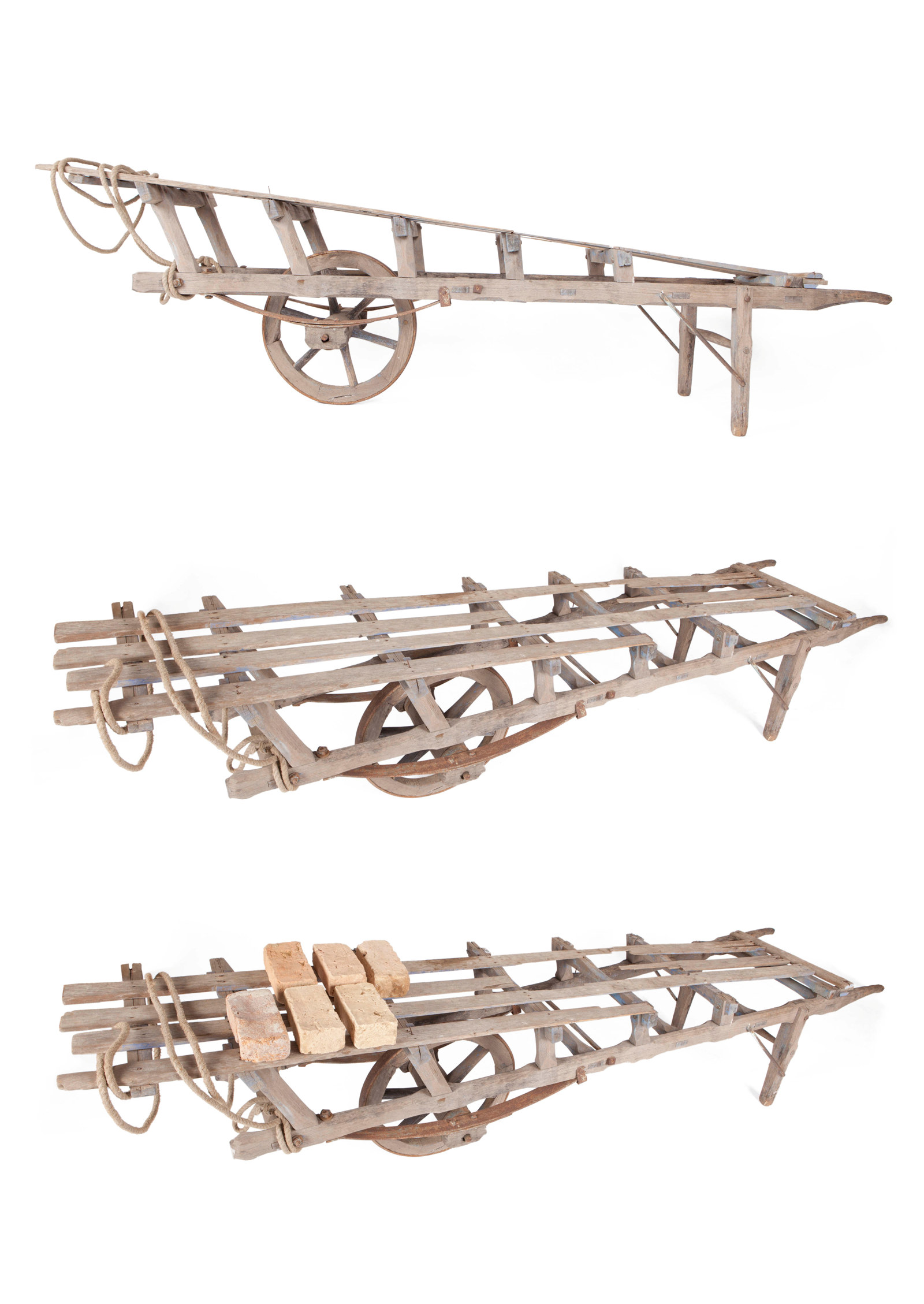
Convict Sydney
Hack barrow
Convict brickmakers working at the Brickfields (now Haymarket) used hack barrows like this one, stacking 20 or 30 wet bricks on the timber palings along the top, for transporting them from the moulding table to the ‘hack’ yard for drying
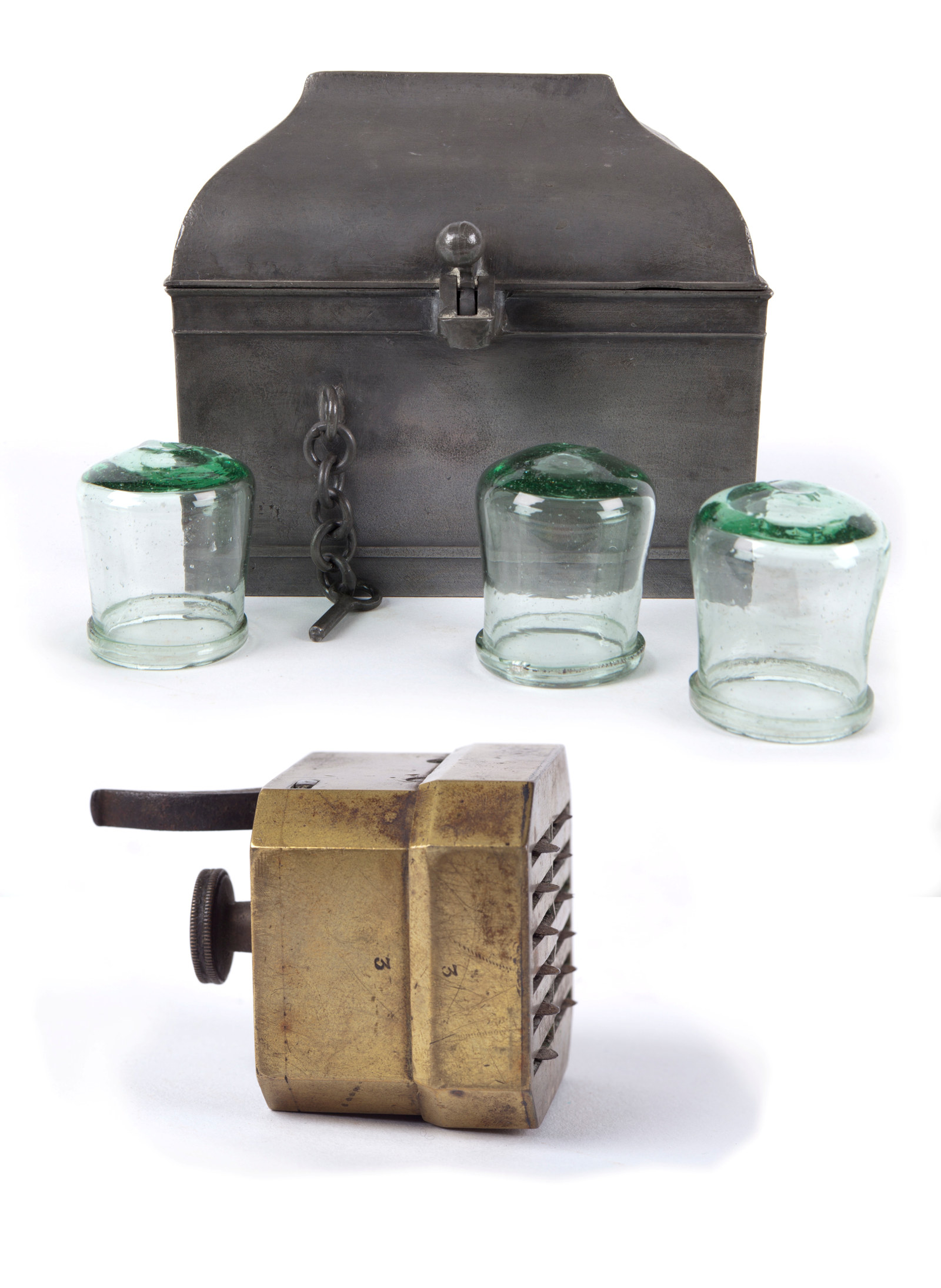
Convict Sydney
Cupping glasses and scarificator
These cupping glasses are of the type that was used in the treatment of convict patients at the General ‘Rum’ Hospital

Convict Sydney
Certificate of Freedom
Certificates of Freedom had to be carried at all times and shown to the appropriate authorities on demand
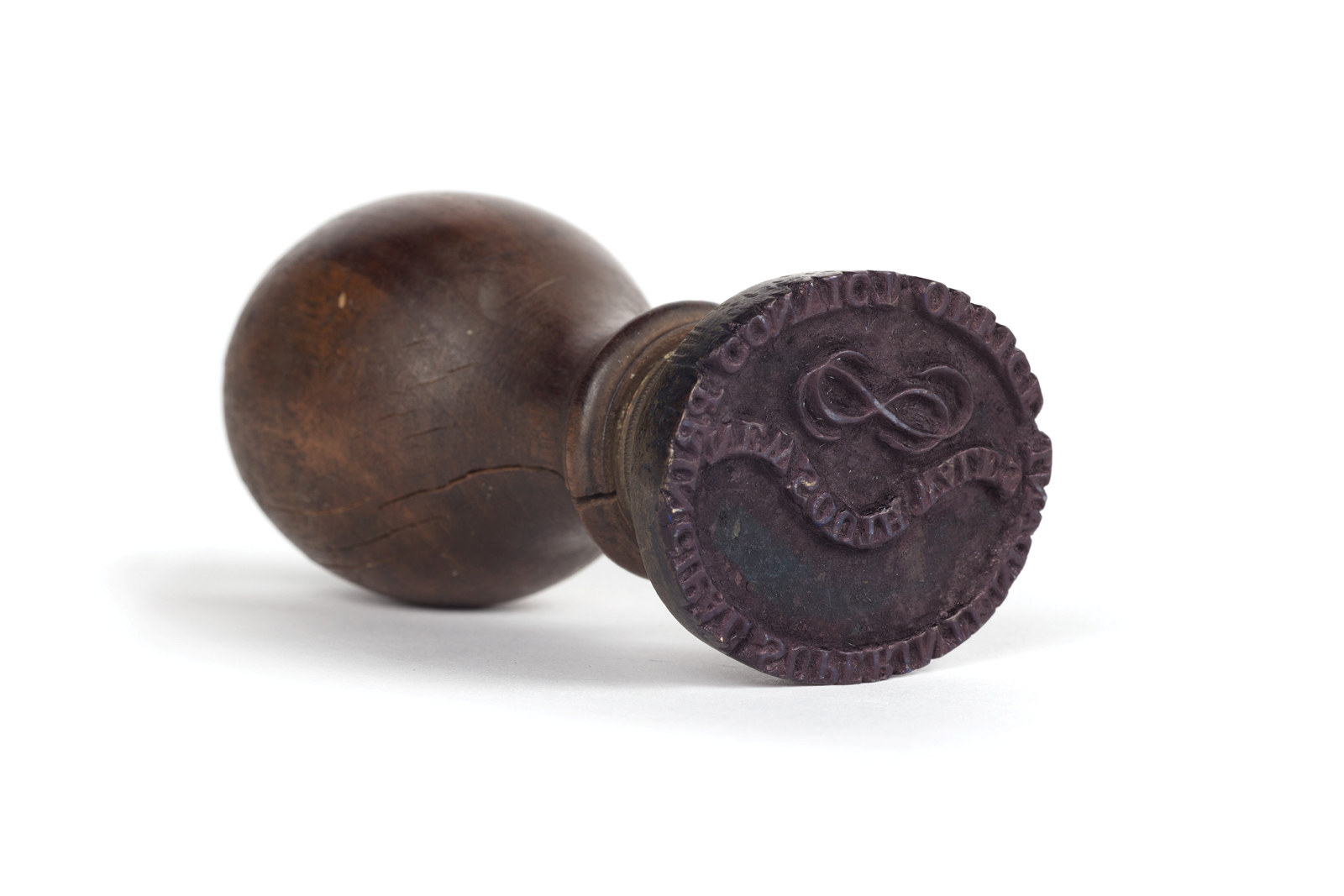
Convict Sydney
Brass stamp
Between 1830 and 1848, the superintendent’s office operated from the Hyde Park Barracks, where this stamp was most likely used on official documents and ledgers
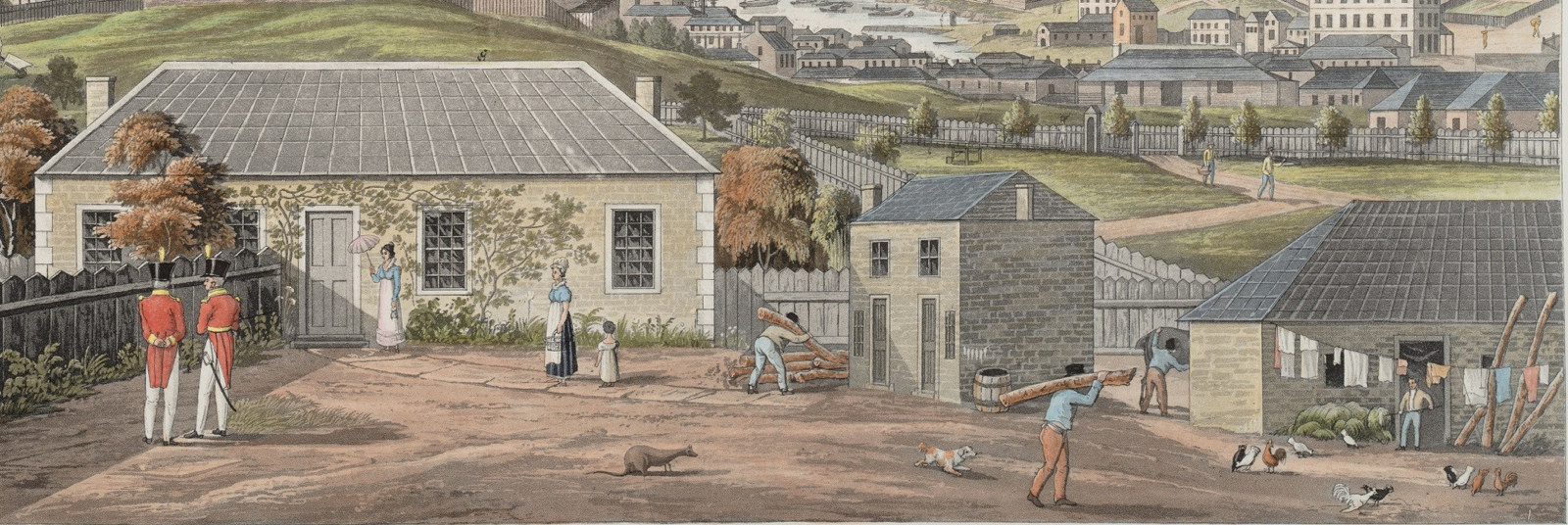
Convict Sydney
What was convict assignment?
‘Assignment’ meant that a convict worked for a private landowner
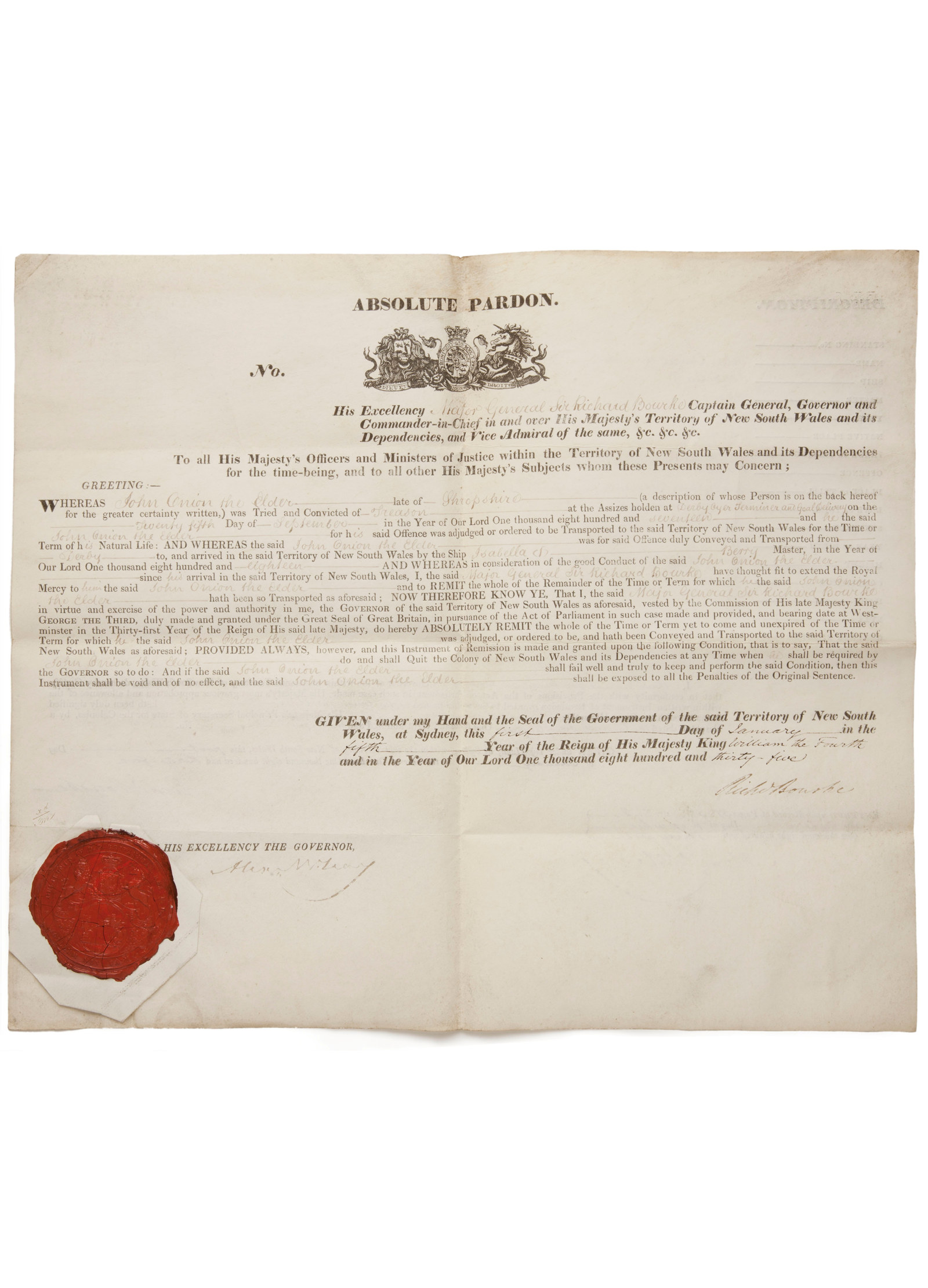
Convict Sydney
Absolute pardon
It must have been a proud moment for John Onion when he received this absolute pardon document in 1835
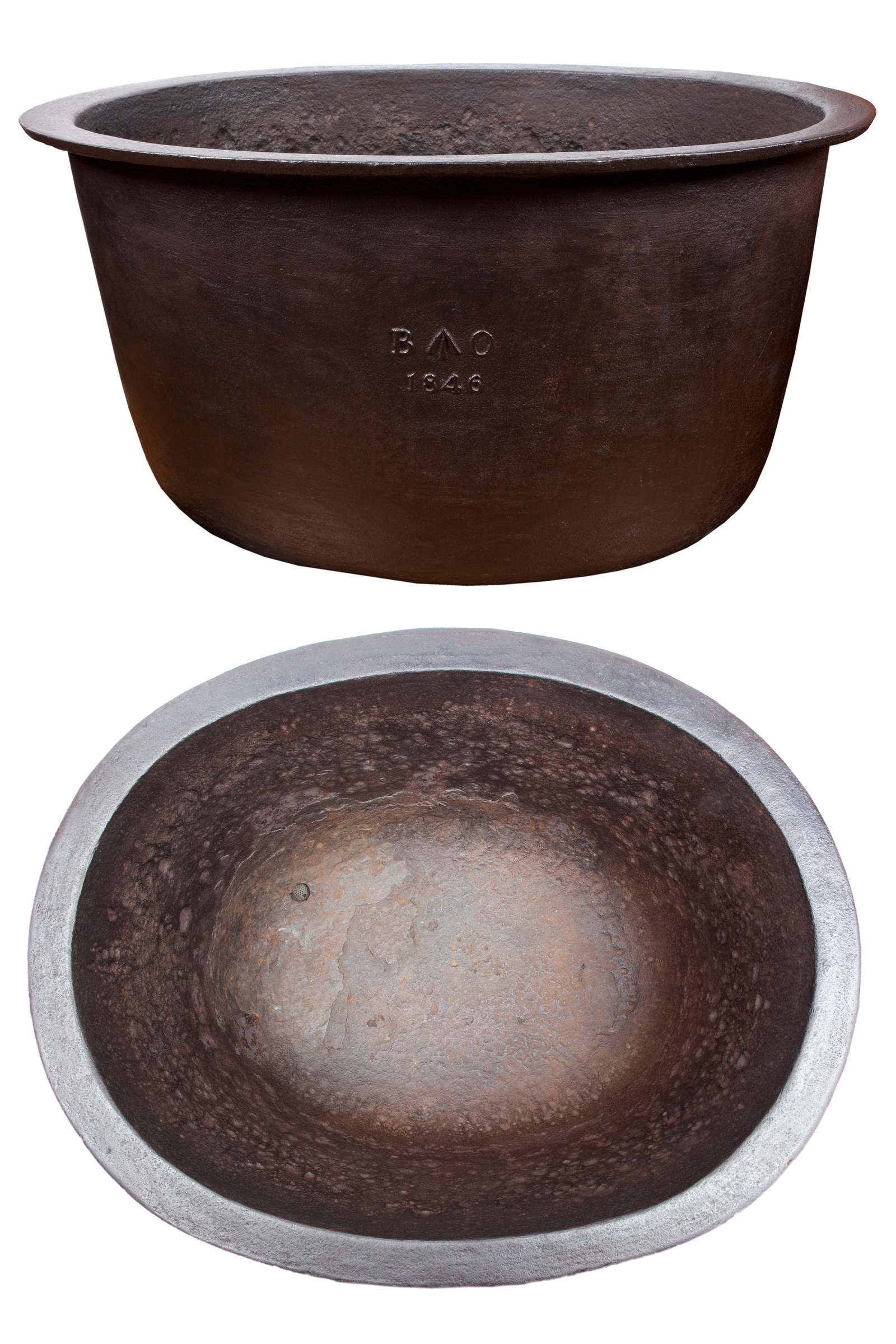
Convict Sydney
Cooking cauldron
The watery stew eaten by convicts at the Hyde Park Barracks was boiled in giant communal cast-iron pots
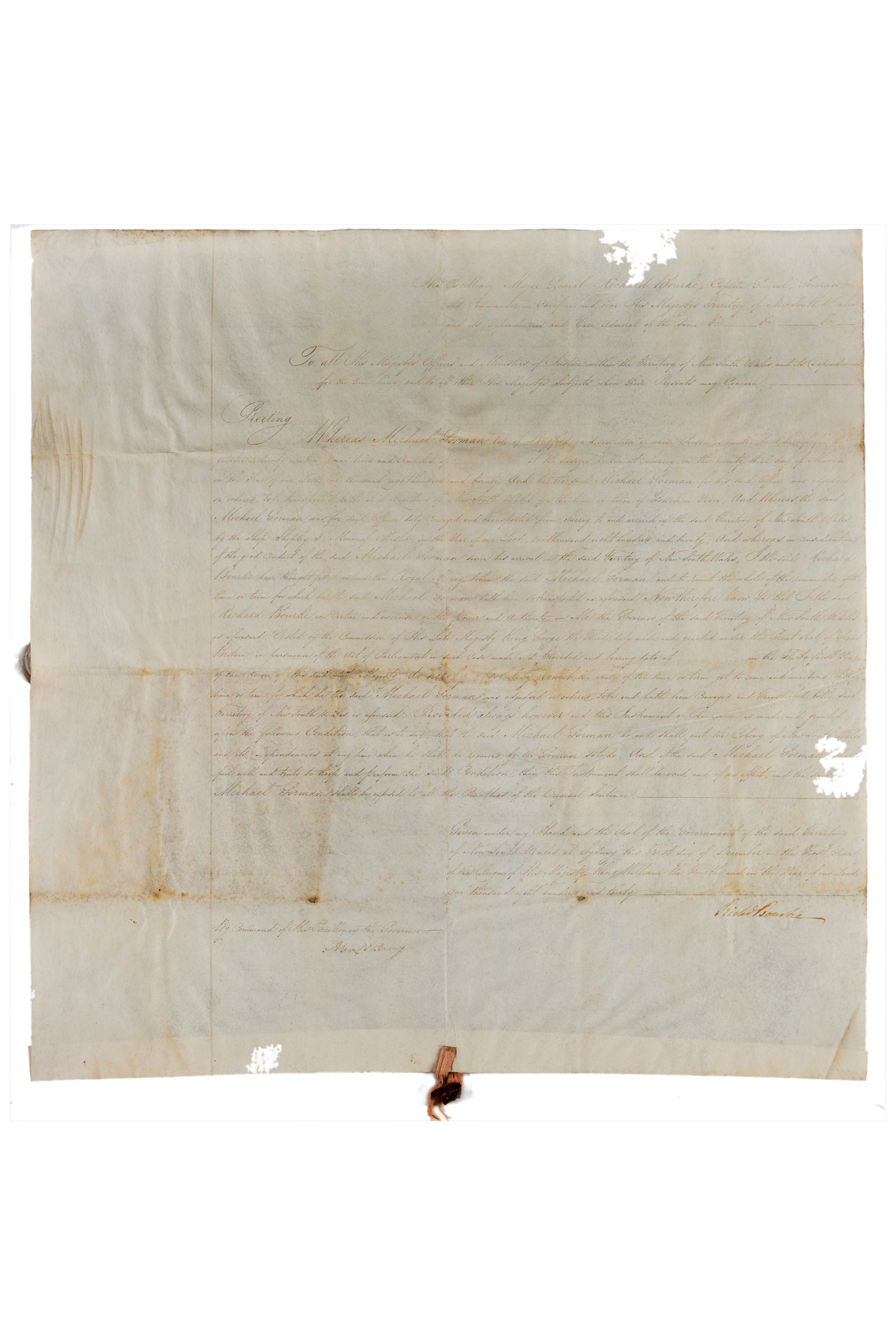
Convict Sydney
Absolute pardon
Convict constable Michael Gorman earned this absolute pardon in 1830/1832, for his service in the capture of the notorious bushranger John Donohoe
